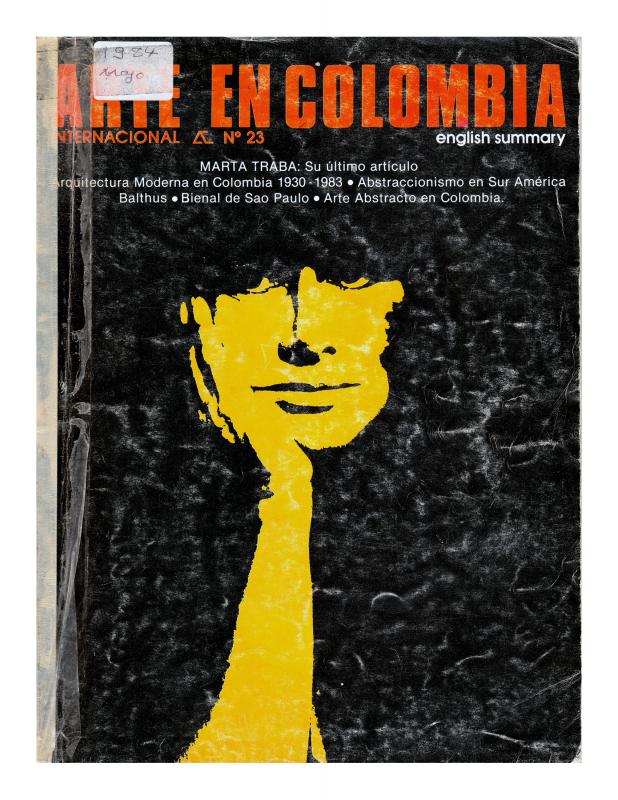“Marta Traba: Décadas vulnerables” was one of the first biographical sketches of Argentine art critic Marta Traba (1923–1983) published in Colombia after her death. It attests to how Traba’s work was perceived and the significance of her thinking throughout the region.
The importance of the text is twofold: first, it provides an assessment of Traba’s work beyond the Colombian context; second, it reveals Amaral’s particular vision of every aspect of Traba’s critical work. Brazilian art historian and curator Aracy Abreu Amaral (born 1930) is a key figure in Latin American art history and criticism because of her contribution to the understanding of Brazilian Modern art and architecture. Her outstanding research includes an in-depth study of Tarsila do Amaral (1988–1973).
The contrast between this text and the one by Germán Rubiano (born 1938) published in the same issue of the Revista Arte en Colombia is significant. In his text, art historian Rubiano discusses the role that Traba played in Colombian art. [See “Marta Traba y el arte colombiano,” doc. no. 1079706]. Whereas Amaral’s text reviews Traba’s professional life and the conceptions that made her central to the development of autonomous thinking in Latin American art criticism, Rubiano makes no mention whatsoever of these aspects.
Together, these two texts provide a complex image of Traba’s work, one that corresponds, to a certain extent, to two periods in her career: work produced while she resided in Colombia (from 1955 to 1969), and later work from the 1970s that delved into questions surrounding the situation of Latin America art, which was always the crux of her thinking and production.

